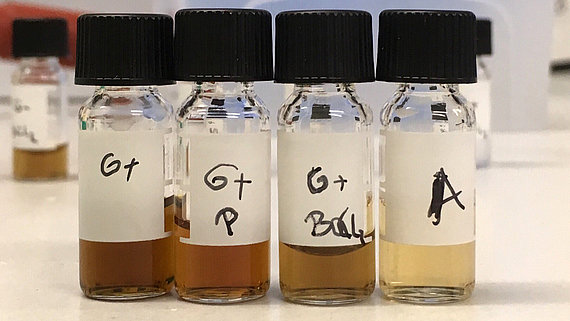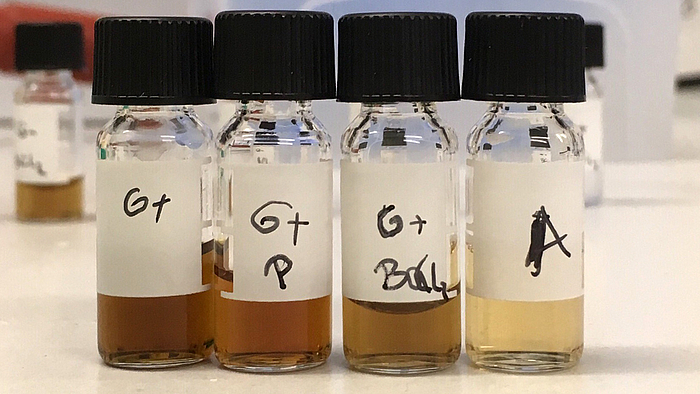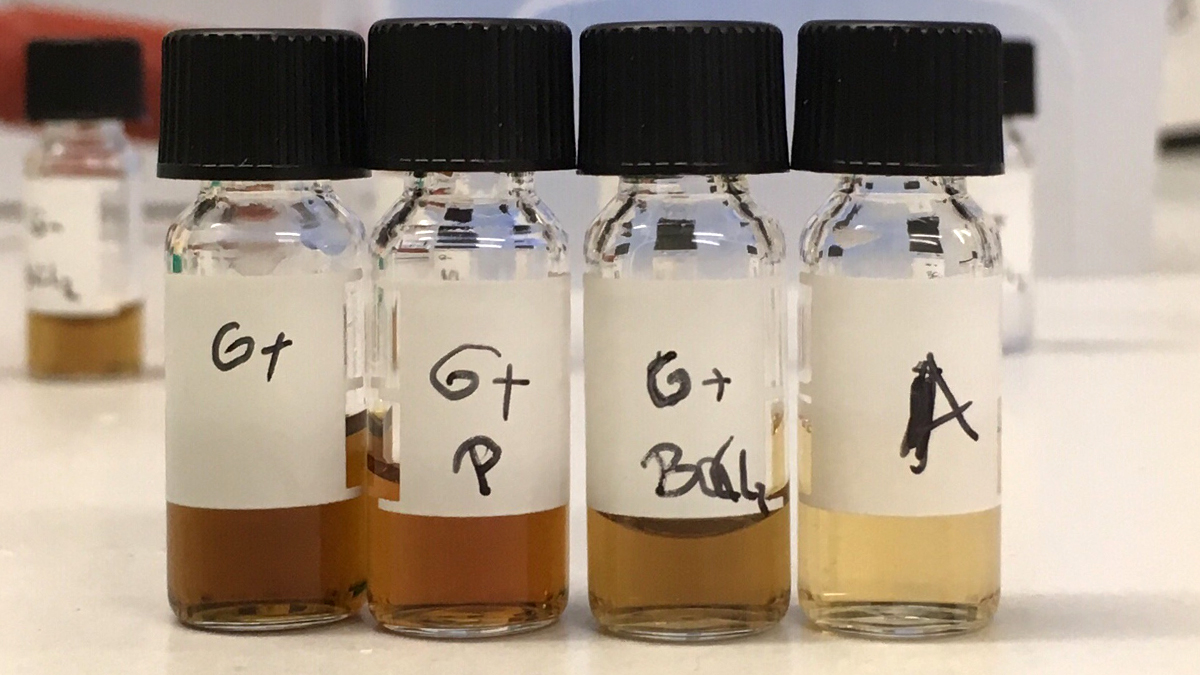Nadine Rüppel, M. Sc.
Intermediary metabolism and active taxa of maize-fed biogas plants
Biogas plants are an important source of sustainable energy. Biogas, mainly consisting of methane and carbon dioxide, is produced anaerobically by microbial destruction of organic substances such as agricultural waste or renewable resources. A main aspect of methane production in the process called anaerobic food chain is the complexity of microorganisms and active metabolic pathways involved. The substrate is metabolized to methane by hydrolysis of polymers, different fermentation reactions and hydrogenotrophic and/or acetoclastic methanogenesis.
Unraveling the intermediary metabolism and changes in composition upon acidification



To further characterize the intermediary metabolism and microorganisms involved, digestate from a lab-scale fermenters is supplemented with 13C-labeled substrates. Metabolic fluxes of intermediates and products are measured by liquid chromatography-mass spectrometry (LC-MS) and gas chromatography (GC) during substrate degradation. Active taxa are identified at interesting time points by RNA-stable isotope probing (RNA-SIP) and active metabolic pathways by mRNA-stable isotope probing (mRNA-SIP). Changes in microbial composition and activity upon process instability due to accumulation of intermediates are of special interest in the project. Finally, early indicator taxa of process failure can be determined by comparative sequence analysis.


